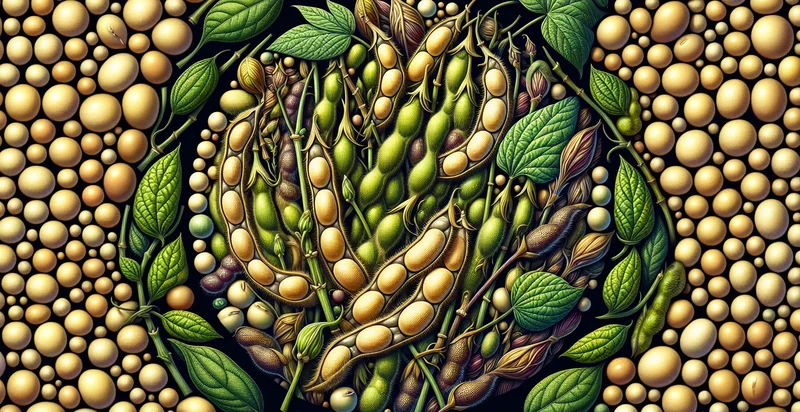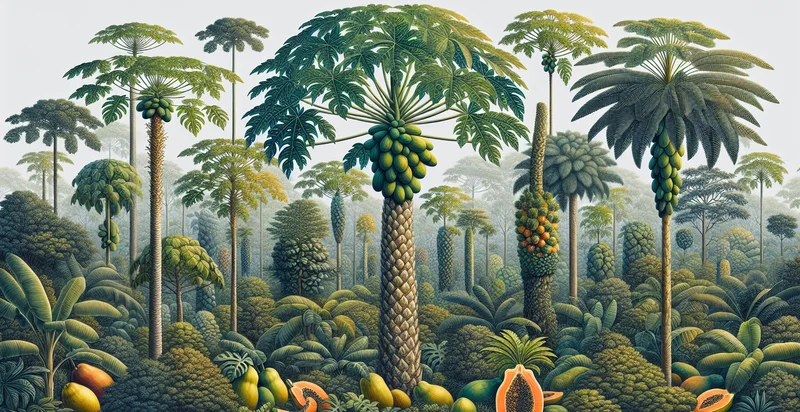Identify soybean species
using AI
Below is a free classifier to identify soybean species. Just upload your image, and our AI will predict what species of soybean it is - in just seconds.

Contact us for API access
Or, use Nyckel to build highly-accurate custom classifiers in just minutes. No PhD required.
Get started
import nyckel
credentials = nyckel.Credentials("YOUR_CLIENT_ID", "YOUR_CLIENT_SECRET")
nyckel.invoke("soybean-species", "your_image_url", credentials)
fetch('https://www.nyckel.com/v1/functions/soybean-species/invoke', {
method: 'POST',
headers: {
'Authorization': 'Bearer ' + 'YOUR_BEARER_TOKEN',
'Content-Type': 'application/json',
},
body: JSON.stringify(
{"data": "your_image_url"}
)
})
.then(response => response.json())
.then(data => console.log(data));
curl -X POST \
-H "Content-Type: application/json" \
-H "Authorization: Bearer YOUR_BEARER_TOKEN" \
-d '{"data": "your_image_url"}' \
https://www.nyckel.com/v1/functions/soybean-species/invoke
How this classifier works
To start, upload your image. Our AI tool will then predict what species of soybean it is.
This pretrained image model uses a Nyckel-created dataset and has 15 labels, including Glycine Canescens, Glycine Clandestina, Glycine Falcata, Glycine Formosana, Glycine Latifolia, Glycine Max, Glycine Max Dehulled, Glycine Max Genetically Modified, Glycine Max Non Genetically Modified and Glycine Microphylla.
We'll also show a confidence score (the higher the number, the more confident the AI model is around what species of soybean it is).
Whether you're just curious or building soybean species detection into your application, we hope our classifier proves helpful.
Related Classifiers
Need to identify soybean species at scale?
Get API or Zapier access to this classifier for free. It's perfect for:
- Crop Variety Optimization: The soybean species identifier can help farmers identify and select the most suitable soybean varieties for their specific soil and climate conditions. By optimizing seed selection, farmers can enhance crop yield, improve resource efficiency, and reduce environmental impact.
- Pest and Disease Management: By accurately identifying soybean species, agronomists can better understand which pests and diseases are likely to affect specific varieties. This knowledge allows for more effective pest management strategies, including targeted pesticide applications and tailored disease control measures.
- Market Analysis: Agricultural companies can use the identification function to analyze market demands for different soybean species. By understanding consumer preferences and adapting their production strategies accordingly, they can increase profitability and market share in the soybean industry.
- Supply Chain Traceability: The soybean species identifier facilitates traceability in the supply chain by ensuring that the exact variety is tracked from farm to table. This capability is essential for food safety, compliance with regulations, and meeting consumer demands for transparency regarding their food sources.
- Genetic Research: Researchers can utilize the identification function to classify different soybean species in studies aimed at developing genetically modified organisms (GMOs) with desirable traits. This can lead to innovations in crop resilience, nutritional value, and adaptability to climate change.
- Training and Education: Agricultural educational programs can incorporate the soybean species identifier as a practical tool for teaching students about plant taxonomy and cultivation practices. This hands-on learning promotes a deeper understanding of biodiversity and its importance in agriculture.
- Automated Farming Systems: The soy identifier can be integrated into automated farming systems to assist with precision agriculture techniques. By identifying the soybean species present in fields, these systems can optimize irrigation, fertilization, and harvesting processes, leading to enhanced productivity and sustainability.


